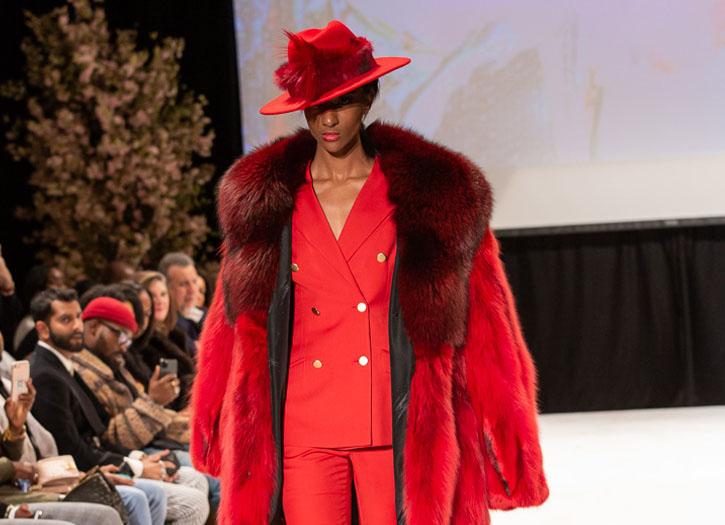Italy is one of the leading countries in fashion design, alongside France and the United Kingdom. Fashion has always been an important part of the country’s cultural life and society.
Italian fashion became prominent during the 11th to 16th centuries, when artistic development in Italy was at its peak. Cities such as Rome, Palermo, Venice, Milan, Naples, Florence and Vicenza started to produce luxury goods, hats, cosmetics, jewelry and rich fabrics. From the 17th century to the early 20th, Italian fashion lost its importance and lustre and Europe’s main trendsetter became France, with the great popularity of French fashion; this is due to the luxury dresses which were designed for the courtiers of Louis XIV.
However, since the 1951–53 fashion soirées held by Giovanni Battista Giorgini in Florence, the “Italian school” started to compete with the French haute couture, and labels such as Prada and Gucci began to contend with Chanel and Dior. In 2009, according to the Global Language Monitor, Milan, Italy’s centre of design, was ranked the top fashion capital of the world, and Rome was ranked fourth, and, although both cities fell in subsequent rankings, in 2011, Florence entered as the 31st world fashion capital. Milan is generally considered to be one of the “big four” global fashion capitals, along with New York, Paris, and London; occasionally, the “big five” also includes Rome.
Italian fashion is linked to the most generalized concept of “Made in Italy”, a merchandise brand expressing excellence of creativity and craftsmanship. Italian luxury goods are renowned for the quality of the textiles and the elegance and refinement of their construction. Many French, British and American high-top luxury brands (such as Chanel, Dior, Balmain and the main line of Ralph Lauren) also rely on Italian craft factories, located in highly specialized areas in the metropolitan area of Naples and in the centre-north of Italy (Tuscany, Marche, Veneto and Piedmont), to produce parts of their apparel and accessories.
The nonprofit association that co-ordinates and promotes the development of Italian fashion is the National Chamber of Italian Fashion (Camera Nazionale della Moda Italiana), now led by Carlo Capasa. It was set up in 1958 in Rome and now is settled in Milan and represents all the highest cultural values of Italian fashion. This association has pursued a policy of organisational support aimed at the knowledge, promotion and development of fashion through high-profile events in Italy and abroad. The talent of young, creative fashion is also promoted in Italy, as in the annual ITS (International Talent Support Awards) young fashion designer competition in Trieste.
Examples of major fashion brands which are specialized mainly at womenswear (and also accessories for women) are Laura Biagiotti, Blumarine (founded by Anna Molinari and now created by Walter Chiapponi), Capucci (directed by Mario Dice), Alberta Ferretti, Gattinoni, Genny (designed by Sara Cavazza Facchini), Giamba (created by designer Giambattista Valli), Krizia (founded by Mariuccia Mandelli and now art directored by Zhu Chongyun).
Photo Credit: Shutterstock







Add Comment